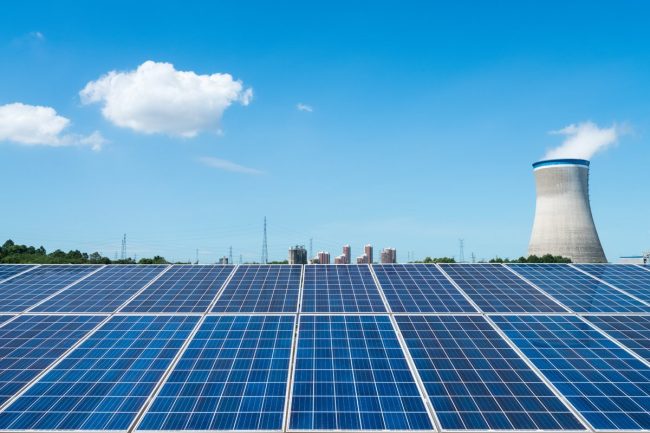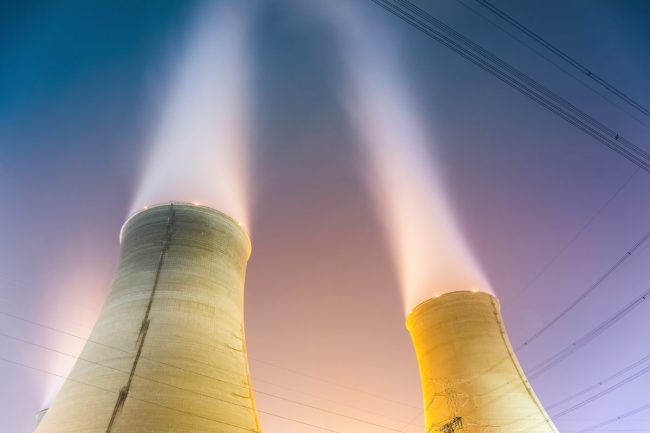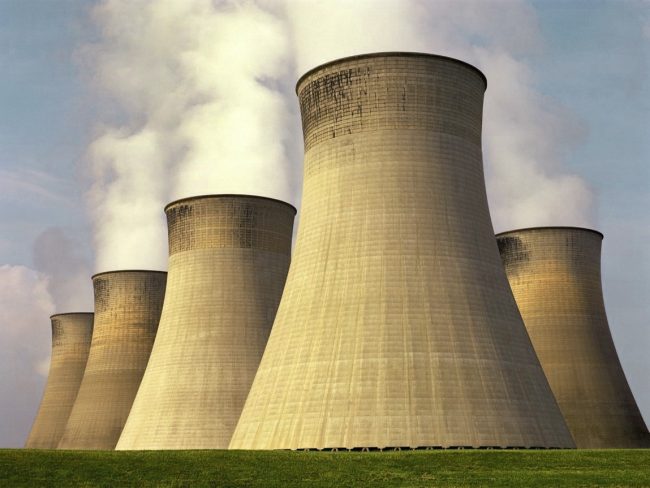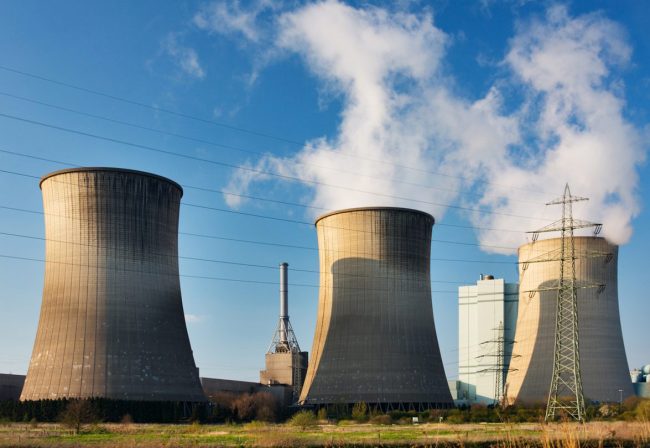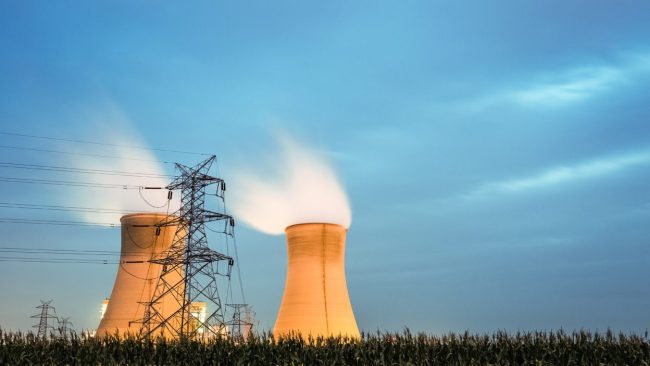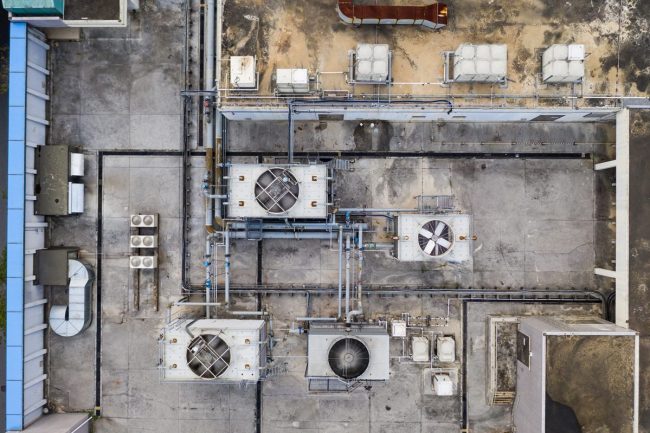Forced Draft Vs Induced Draft Cooling Towers
If you are searching for the differences and similarities between forced draft and induced draft cooling towers, this article is for you! Induced Draft Cooling Towers Induced draft cooling towers are a type of mechanical draft tower that features one or more fans. These fans will be located atop the tower, drawing air upwards against…

